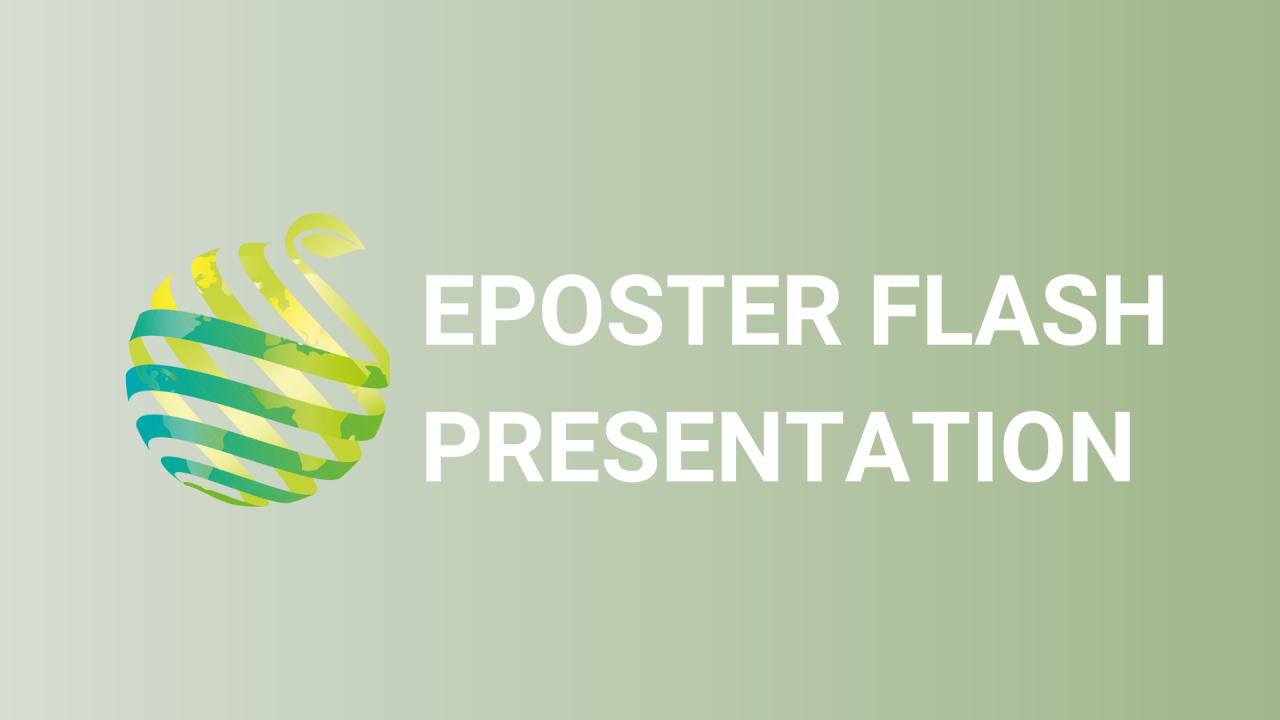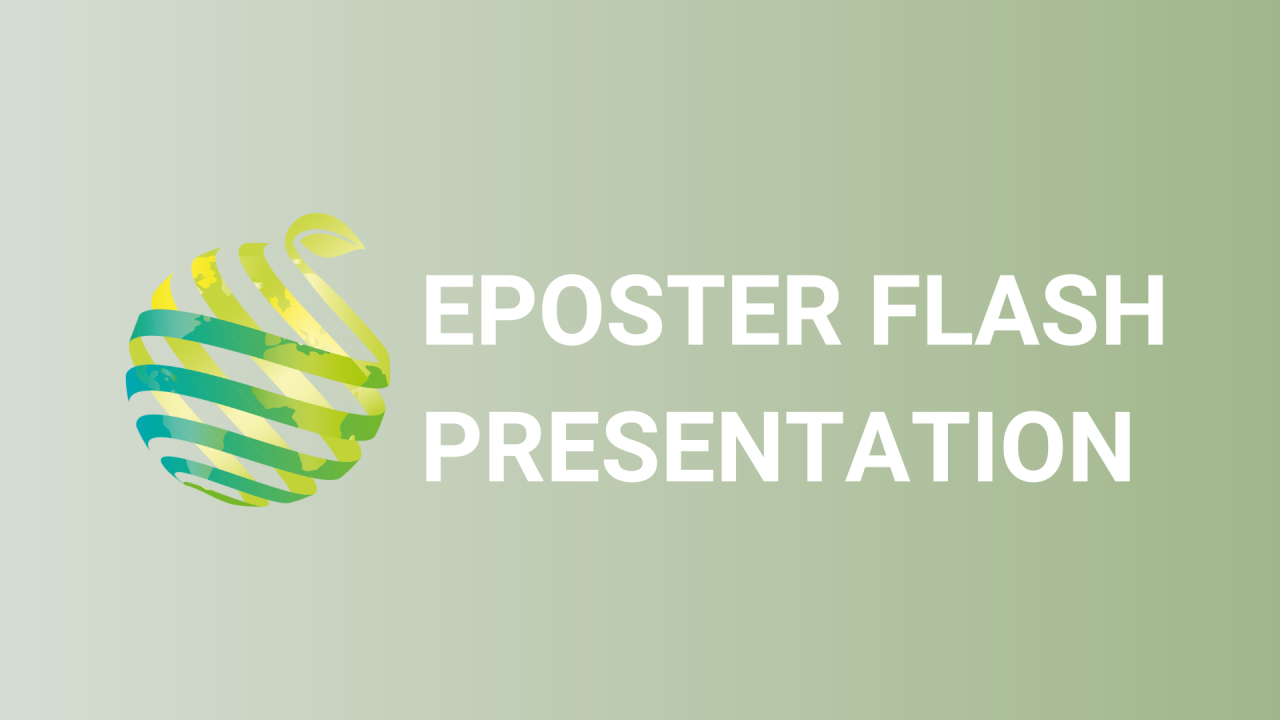

S02 - Session P1 - The HARNESSTOM repository of promising tomato genotypes selected for direct cultivation by farmers
Information
Authors: Joan Casals, Andrea Mazzucato, Ivanka Tringovska, Amalia Barone, Maria R. Ercolano, Salvador Soler, Stanislava Grozeva, Daniela Ganeva, Gancho Pasev, Roser Romero del Castillo, Maurizio E. Picarella, Clara Pons, María J. Asins, María J. Díez, Jaime Prohens *, Antonio Granell
During the last years, significant efforts have been made within the framework of European publicly funded research projects to characterize the genetic diversity of cultivated tomato. As a result, within the H2020 funded HARNESSTOM project, phenotypic and genotypic information has been collected for more than 3,000 accessions, including crop wild relatives, landraces and breeding lines, available from former and ongoing projects. Although phenotypic databases for tomato already exist, their complexity renders them difficult for farmers to "navigate" and select among thousands of accessions. With the aim of facilitating the transfer of superior genotypes to farmers, we reviewed the phenotypic data of accessions collected in the TRADITOM (1,700 accessions), TOMGEM (658), G2PSOL (435), ROOTOPOWER (130), and BRESOV (404) projects, in order to create a repository of superior genotypes. By using five selection criteria (breeder's annotations; phenotypic data; renowned landraces; resistance to biotic/abiotic factors; use as rootstock) we selected 241 accessions. Most of the accessions have been selected based on qualitative evaluations made by breeders in the field (35.3%), or on the re-analysis of the phenotypic data (29.0%) or because of the presence of resistance to diseases or tolerance to heat stress (24.5%). The selected accessions belong to the different tomato horticultural groups (processing, 17.8%; cherry, 6.2%; long shelf life, 15.8%, fresh market, 50.6%), and display a wide phenotypic diversity (fruit weight: 1.5-700.9 g; SSC, 2.7-9.6 ºBrix). A total of 39 accessions (16.2% of the selected ones) has tolerance or resistance to different diseases that affect the tomato crop ( Fusarium, Verticillium, ToMV, TYLCV, TSWV, Pseudomonas, Phytophthora ). This repository will be transferred to farmers, chefs and consumers through Participatory Variety Selection and Citizen Science methodologies. In parallel, the collection will be genotyped to gain knowledge on the genetic diversity and structure of the repository and will be reproduced to preserve and sustain the collection.